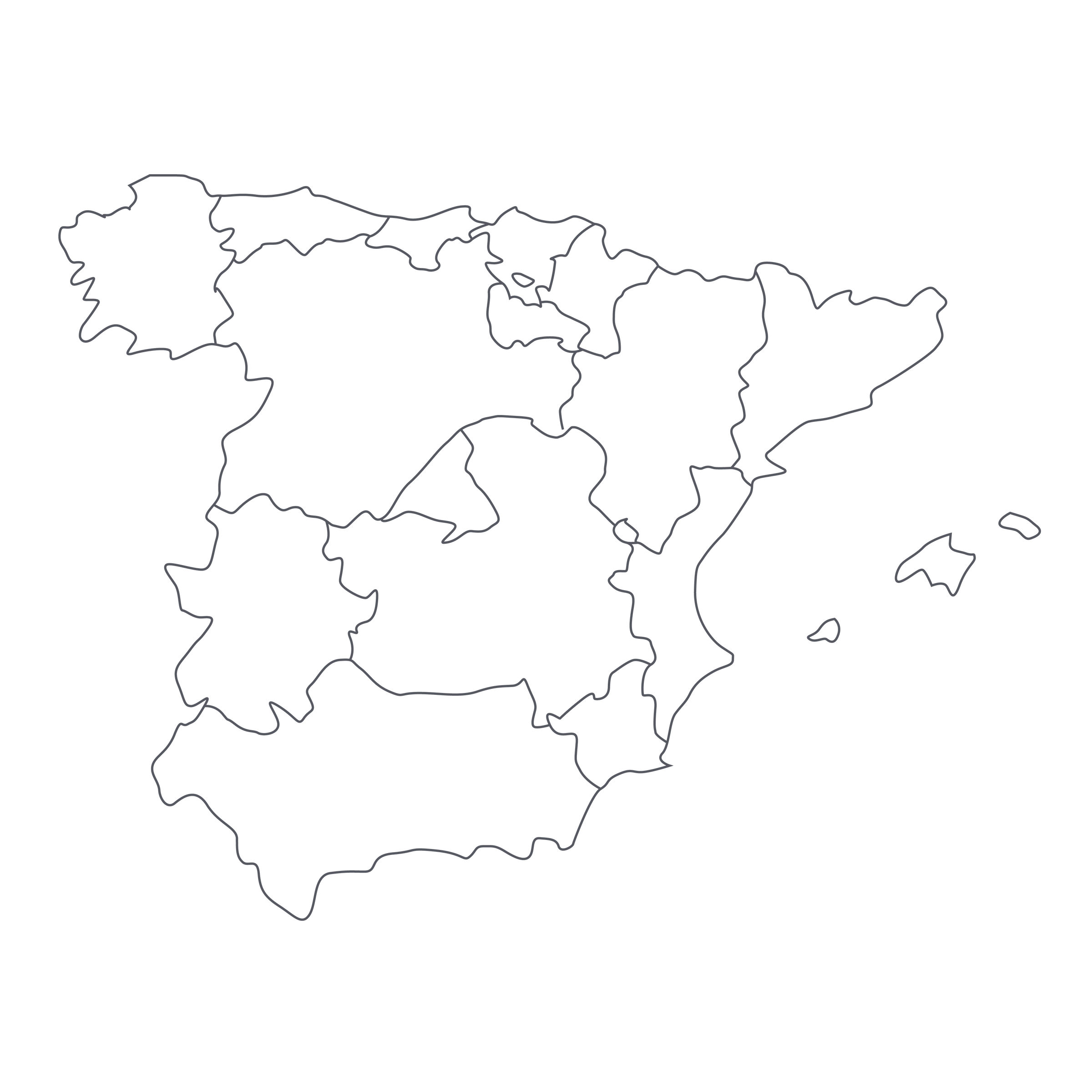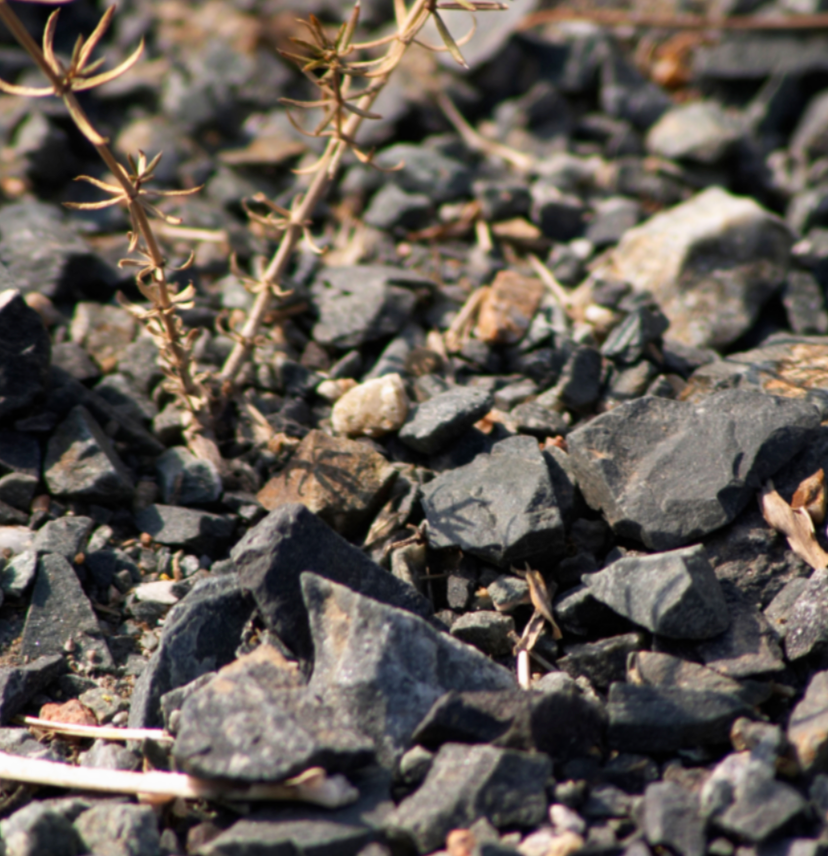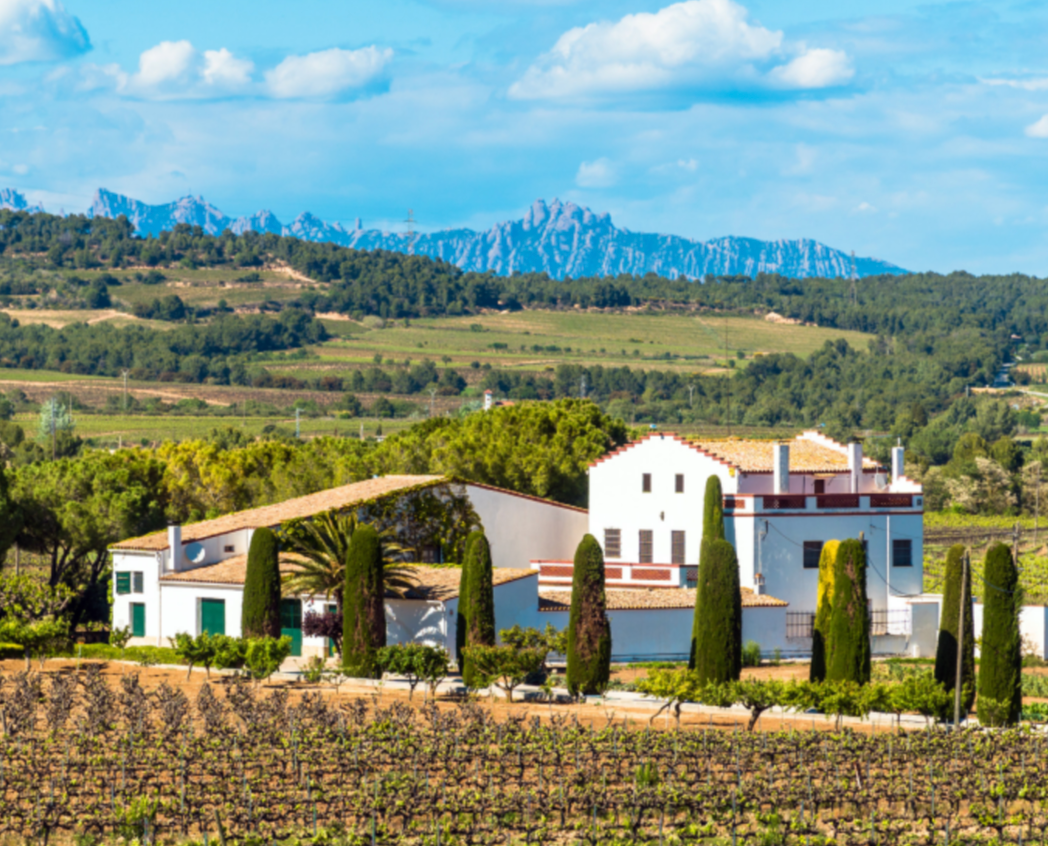Galicia is a large region in northwest Spain, wedged in between the Basque country and Portugal’s northern border. The area’s cold Atlantic climate does not make for easy farming, but it is ideal for producing wines of impressive finesse and mineral purity. Galicia’s top red wines combine the finesse of Burgundy, the savoriness of Saumur-Champigny and the brooding depth of the northern Rhône—all tied together with an electricity and aromatic palate that is uniquely Spanish.
For me, the single most electrifying producer in the Galicia region is Luis Anxo Rodriguez Vásquez. He farms a mere 5 hectares spread across over 100 miniscule vineyard parcels in the rural Galician village of Arnoia. This is a densely wooded area, and his vines cling to the granite hillside at 1,000 feet elevation. There are numerous grape varieties, soil sub-types, and microclimates in Arnoia and each express their own voice brilliantly in Luis various cuvées. After studying viticulture and enology at the University of Madrid, Luis made numerous pilgrimages to the great appellations of Europe before bottling his first vintage in 1988. Almost three decades later, Luis' one man show has earned a singular status in the region. Simply put, these are some of the best and most cellar-worthy wines produced in Spain.
In the glass, the 2013 Luis Anxo Rodriguez Vázquez Ribeiro “Eidos Ermos” shines in the glass with translucent garnet and purple hues extending evenly to the rime. As with previous vintages, this wine looks as alive and energetic as it tastes. This same energy is present on the palate with a brilliant, appetite whetting juiciness and an impressively long finish. This is an deceptively complex and layered wine—if you wish to sit and analyze it, it offers no shortage of diverse and unexpected aromas: bing cherry, strawberry leaf, underripe raspberry, violets, fresh cut wild herbs, wet stone, white pepper and on and on. It’s serious stuff.
As I always suggest with Luis’ wines (if you can even get your hands on them), wine collectors should approach them in two ways. First, grab a few bottles to stash away in your cellar. Luis’ various cuvées are only released once per year and I promise you won’t regret having some extra (particularly in Winter). As the wine matures over the next 2-3 years, the vibrant fruit in this Eidos Ermos cuvée will evolve into a something more subtle and mysterious—fruit notes will evolve into savory mushroom and herbal aromas, the wine’s mouthwatering acid will soften, and this exuberantly youthful wine will mature into a more nuanced, balanced and complete picture. This ever changing, always improving “chameleon” quality is what makes Luis’ wines so collectible, and it sets them apart from most red wines in this corner of Spain. The second and equally thrilling option for enjoying this wine is to drink it immediately! Do not even bother with decanting—it is perfect and incredibly invigorating right out of the bottle. Serve at cellar temperature in a large Burgundy stem alongside a rustic, simple dish. For such a rare wine like this, I recommend hunting down some really good beef. Simply grill it with fresh vegetables and serve it to closest friends while generously pouring this fantastic wine.





